In winter 2020 we were still optimistic that the covid pandemic would have passed before summer, and that our preparation for the fieldwork season in Siberia would not be in vain. I was still in the middle of my PhD research then, and not being able to finish fieldwork was not a nice prospect. It turned out that we would not be allowed to go to Siberia for two summers in a row. A pointless war added a third summer, and these days no-one is very optimistic anymore about returning to the Kytalyk reserve for fieldwork.
I was of course very sad on a personal level. My supervisors and I had arranged that we got our own cabin at the field station, for our university to use. I had spent two amazing summers there and was eager to discover more and harvest the final results for my PhD. It was almost a therapeutical thing for me to make this linocut of the station, so I could keep it close in a way.
On a bigger level, losing access to Arctic ecosystems and collaborations in Russia is a risk for environmental science. Russia contains the majority of the world’s permafrost and a large percentage of the world’s arctic and boreal ecosystems. We need to include data from Russia into international monitoring efforts that keep track of ecosystem functioning, response to climate change and greenhouse gas emissions in order to get the full picture. So wait for me, Kytalyk, and hopefully I will be back some time!



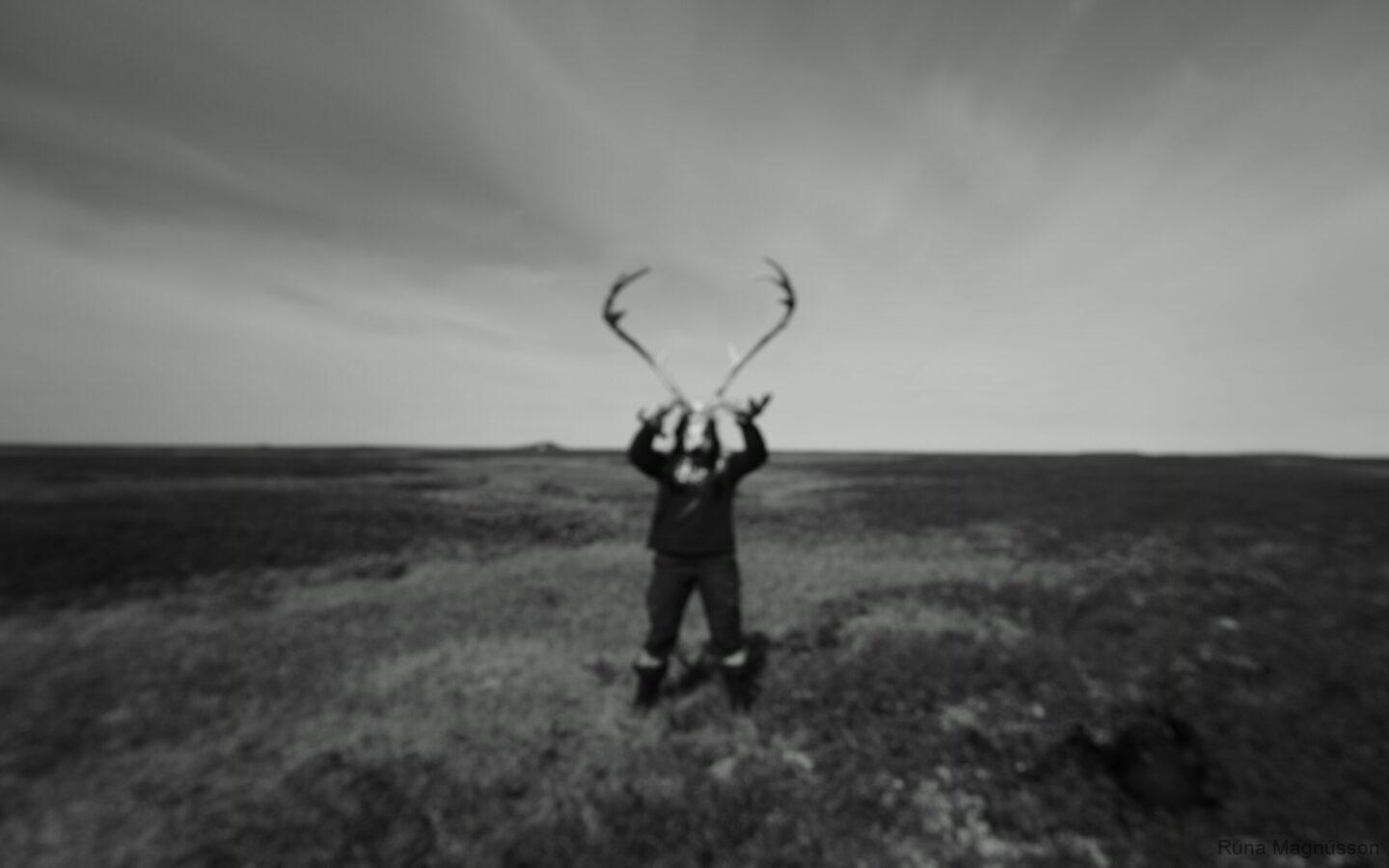
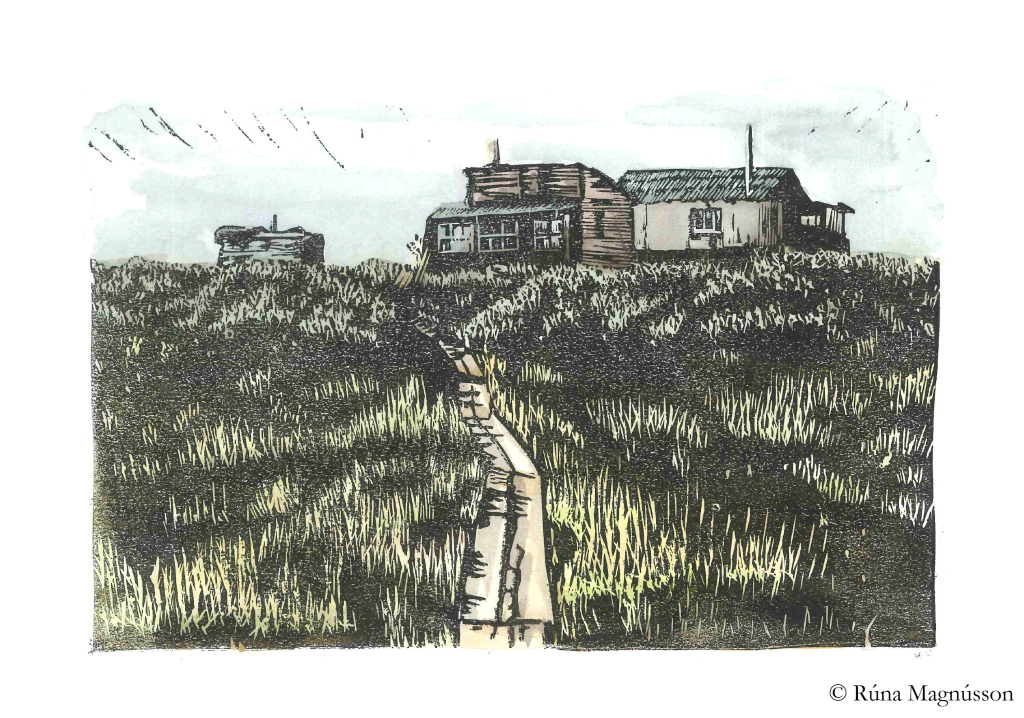
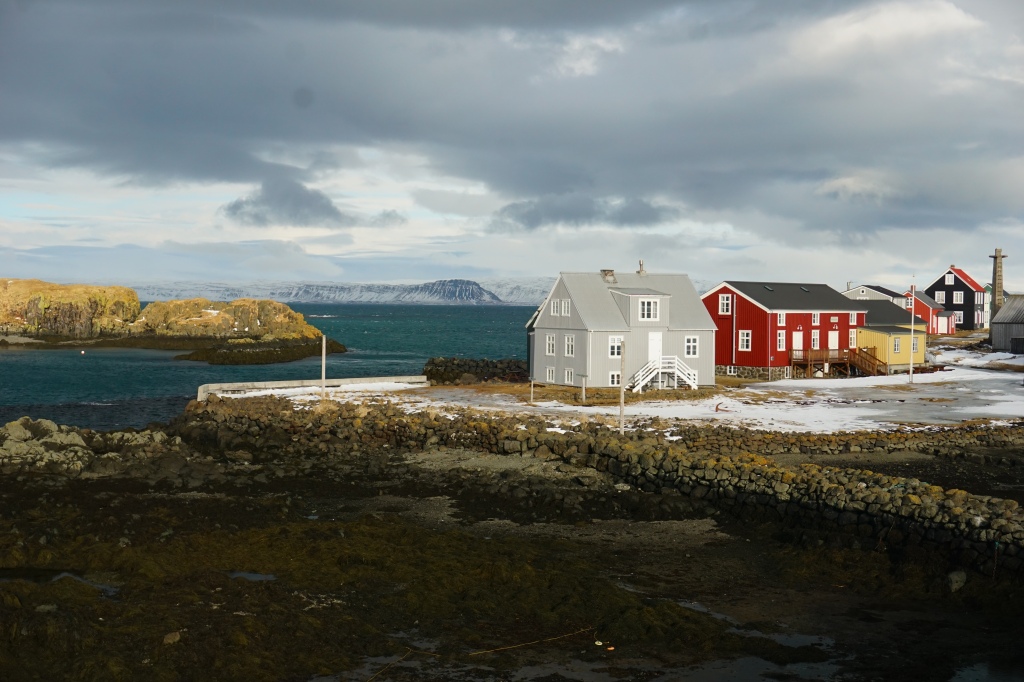
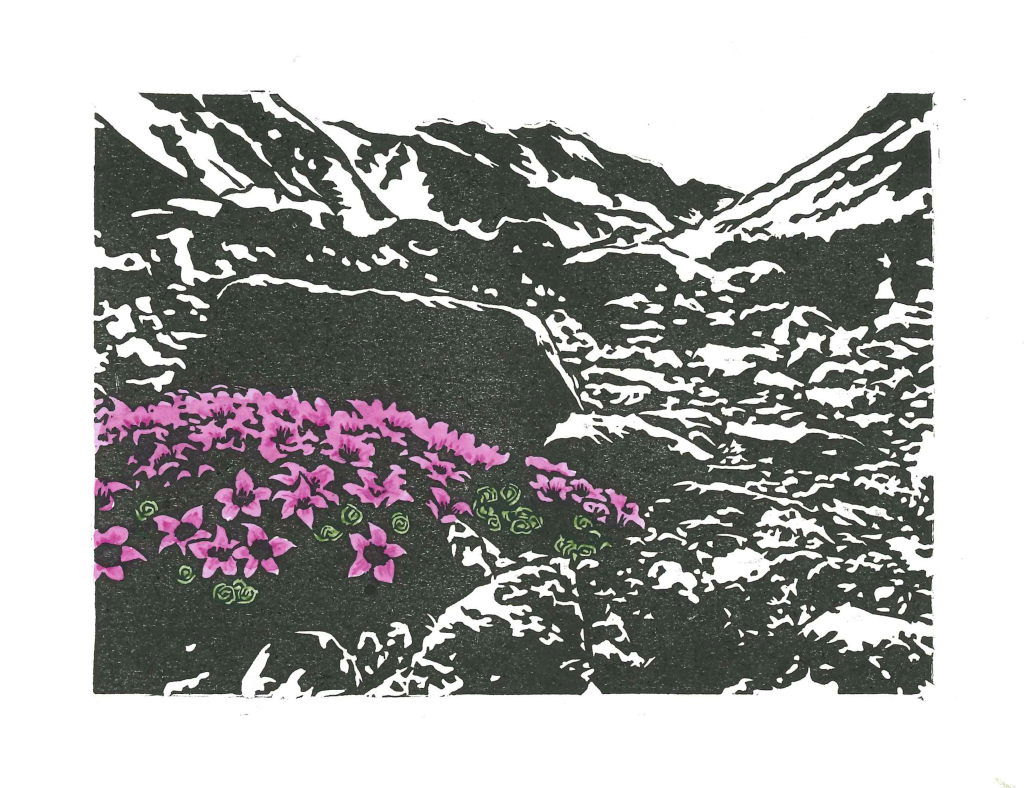
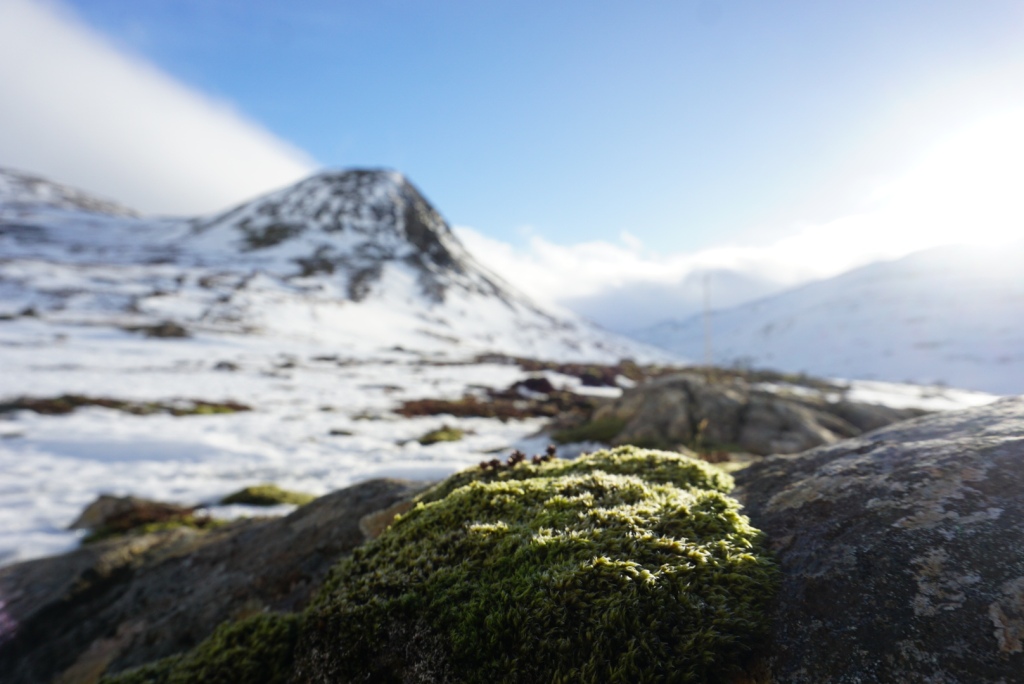

Leave a comment